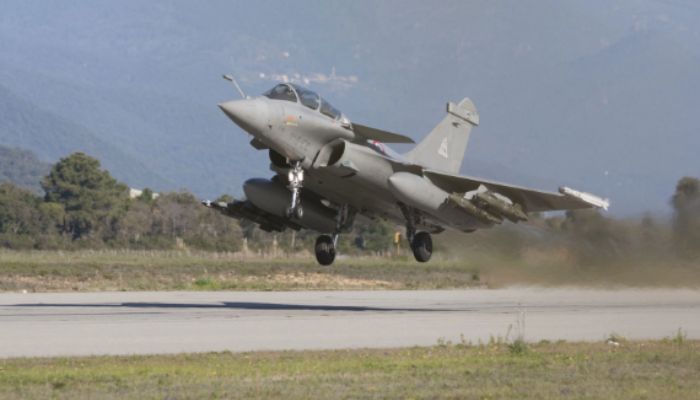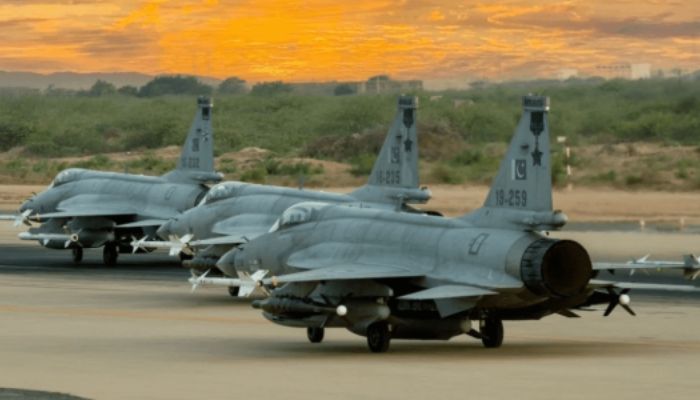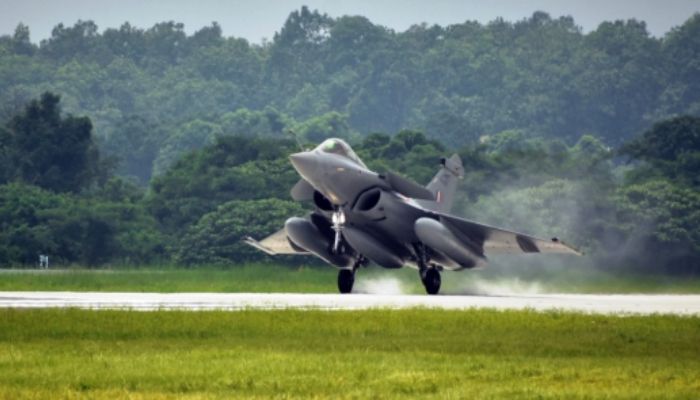India is taking swift steps to revive the long-defunct Kailashahar air port in Tripura, originally used during the 1971 Bangladesh Liberation War. This strategic move is a direct response to Bangladesh’s reported plans to restore the World War II-era Lalmonirhat air base in Rangpur with financial and technical assistance from China.
What’s alarming Indian policymakers is the location of Lalmonirhat—less than 20 kilometers from both the India-Bangladesh border and the highly sensitive Siliguri Corridor. This 22 km-wide land strip—often dubbed the “chicken’s neck”—connects India’s seven northeastern states to the mainland. A militarized Chinese presence at Lalmonirhat, even under the guise of bilateral cooperation with Bangladesh, poses a direct challenge to India’s national security.

Strategic Implications of China’s Footprint in Bangladesh
Reports suggest China may station fighter jets, radars, surveillance systems, and other military assets at Lalmonirhat, should the base be revived under their patronage. For India, this development represents a potential encirclement strategy, allowing Beijing a military foothold perilously close to Indian soil.
Adding to the tension is the political instability in Dhaka. The fall of former Prime Minister Sheikh Hasina’s pro-India government in August 2024 has created a diplomatic vacuum. Her successor, Nobel Laureate Mohammed Yunus, now heads an interim administration that has reached out to China and Pakistan. New Delhi views this pivot away from India with suspicion, especially as it loses a traditionally strong ally in the region.
India’s Strategic Response: Reviving Kailashahar Airport
To counter these developments, India is accelerating efforts to bring back to life the Kailashahar airport in North Tripura. Though initially expected to serve civilian purposes, the facility will be developed to accommodate Indian Air Force fighter jets and transport planes during emergencies or conflicts.
A high-level team from the Airports Authority of India visited the site on May 26, 2025, to evaluate the condition of the dormant airport. The team confirmed that detailed planning will be undertaken in coordination with the Tripura state government.
This revival is part of a broader security and infrastructure push in India’s northeastern states, designed to counterbalance rising Chinese influence and safeguard the Siliguri Corridor from potential threats.
Kailashahar’s Role in the 1971 Bangladesh Liberation War
The historical relevance of Kailashahar adds to its strategic significance. During the 1971 war, the airport was used as a launchpad for Kilo Flight, a covert Bangladeshi resistance air unit operated under the Indian Air Force. The unit used a modified Canadian DHC-3 Otter plane and a French Alouette II helicopter for hit-and-run attacks on Pakistan Army positions in East Pakistan.

This unit later laid the foundation for the modern Bangladesh Air Force. Thus, reactivating this air base not only strengthens India’s military preparedness but also evokes historical camaraderie between the two nations—an important message in times of strained bilateral ties.
Civil and Economic Benefits of Kailashahar Revival
Beyond military utility, the reopening of Kailashahar airport will significantly enhance connectivity in Tripura, which currently relies heavily on Agartala Airport for air travel. For a state with growing tourism and trade potential, improving infrastructure is vital. Reviving this airport would reduce travel time, boost local economies, and support regional development.
Frequently Asked Questions
1. Why is the revival of Kailashahar airport strategically important?
Kailashahar is close to the India-Bangladesh border and the Siliguri Corridor, making it critical for national defense and quick military mobilization in emergencies.
2. What role did Kailashahar play during the 1971 war?
It served as the launch site for Kilo Flight, a Bangladeshi resistance air unit backed by India, which played a crucial role in the Bangladesh Liberation War.
3. Why is India concerned about the Lalmonirhat air base in Bangladesh?
The Lalmonirhat base is near India’s border and the Siliguri Corridor. If revived with Chinese support, it could allow Beijing to deploy military assets dangerously close to India.
4. Will Kailashahar airport be used for civilian purposes?
Yes, the airport is expected to be upgraded for civil use with enhanced infrastructure to allow military aircraft operations in emergencies.
5. How does this move affect India-Bangladesh relations?
Reviving Kailashahar sends a clear message to Dhaka amidst shifting alliances and Chinese inroads, reinforcing India’s commitment to protecting its eastern frontier.











